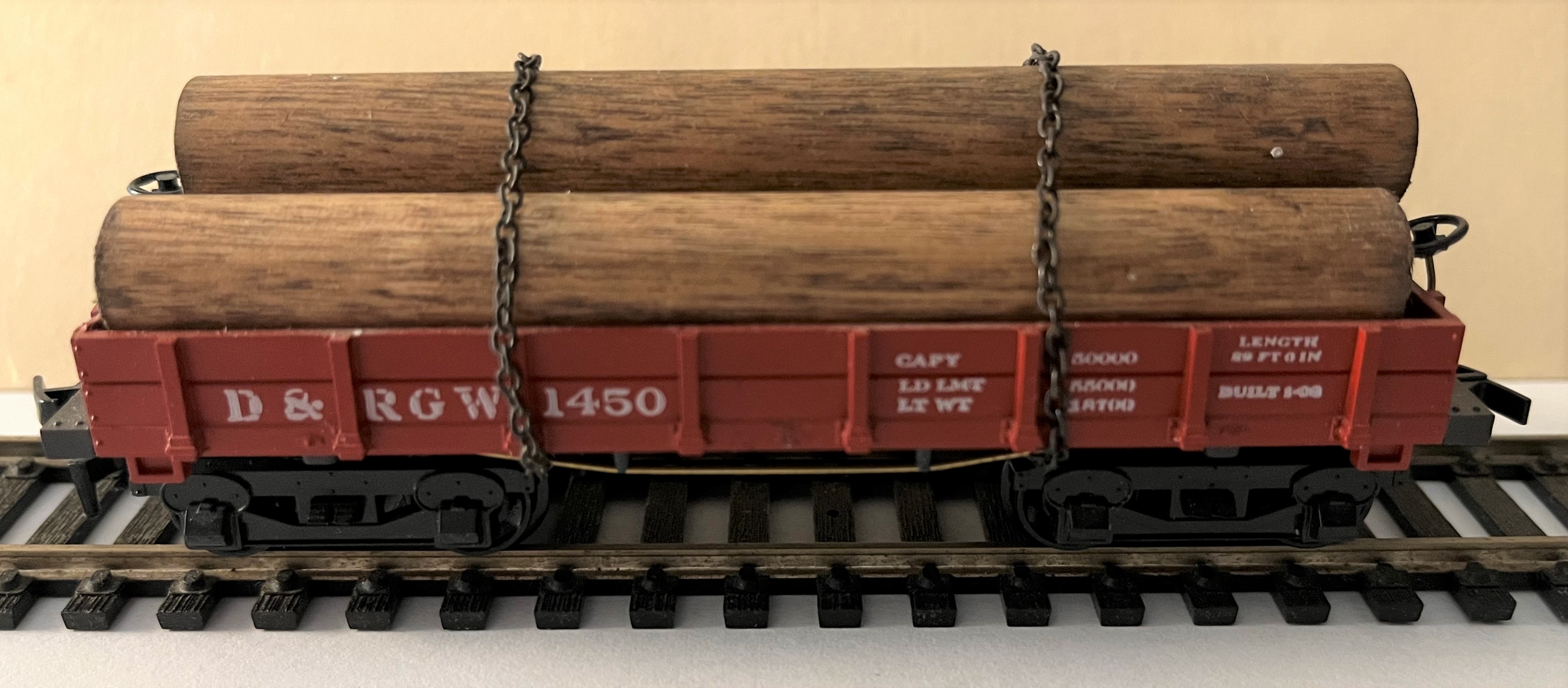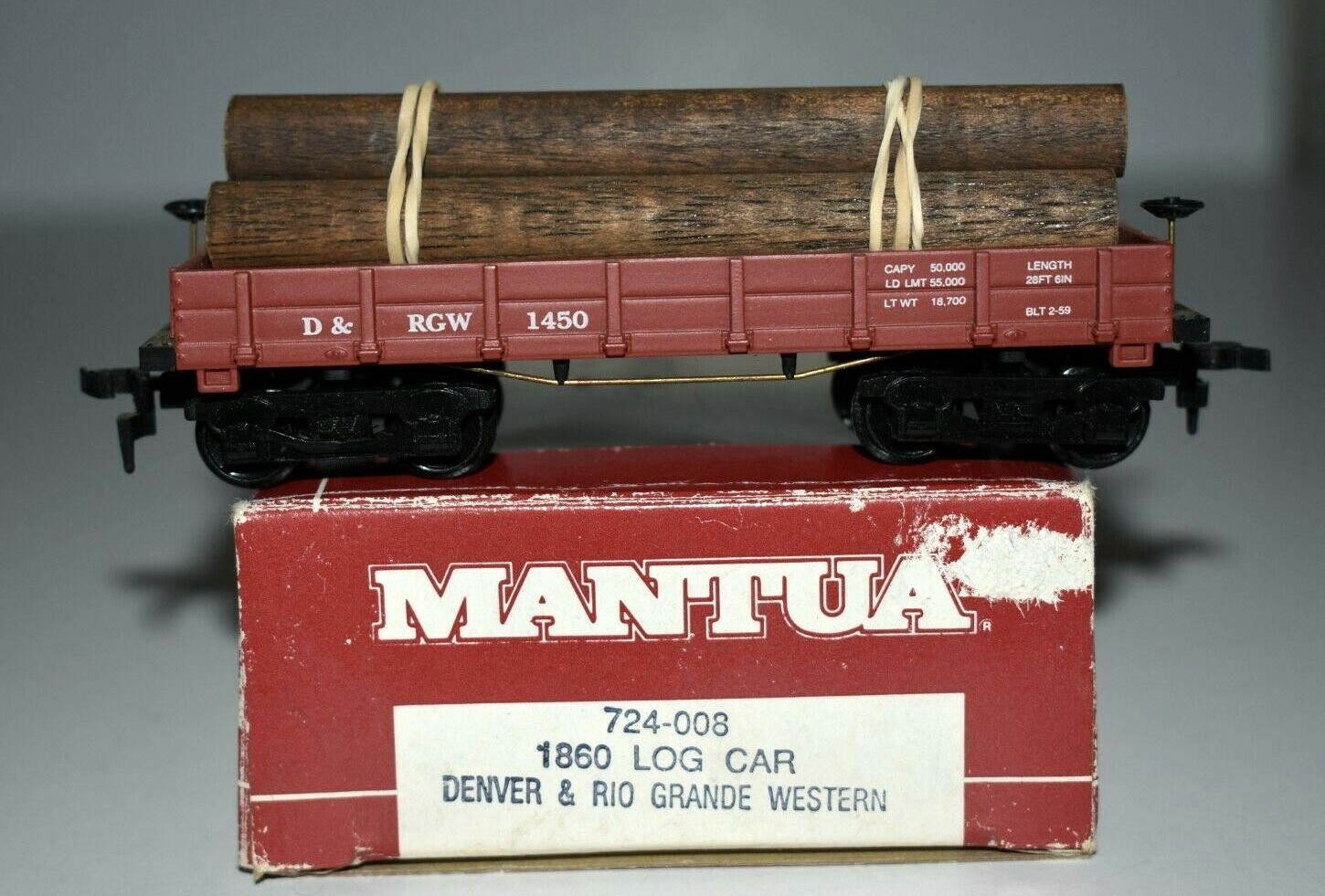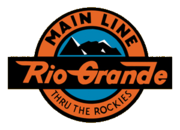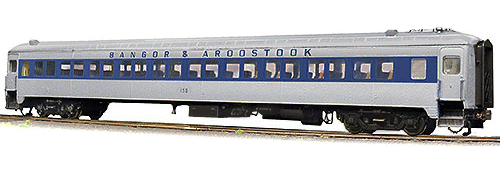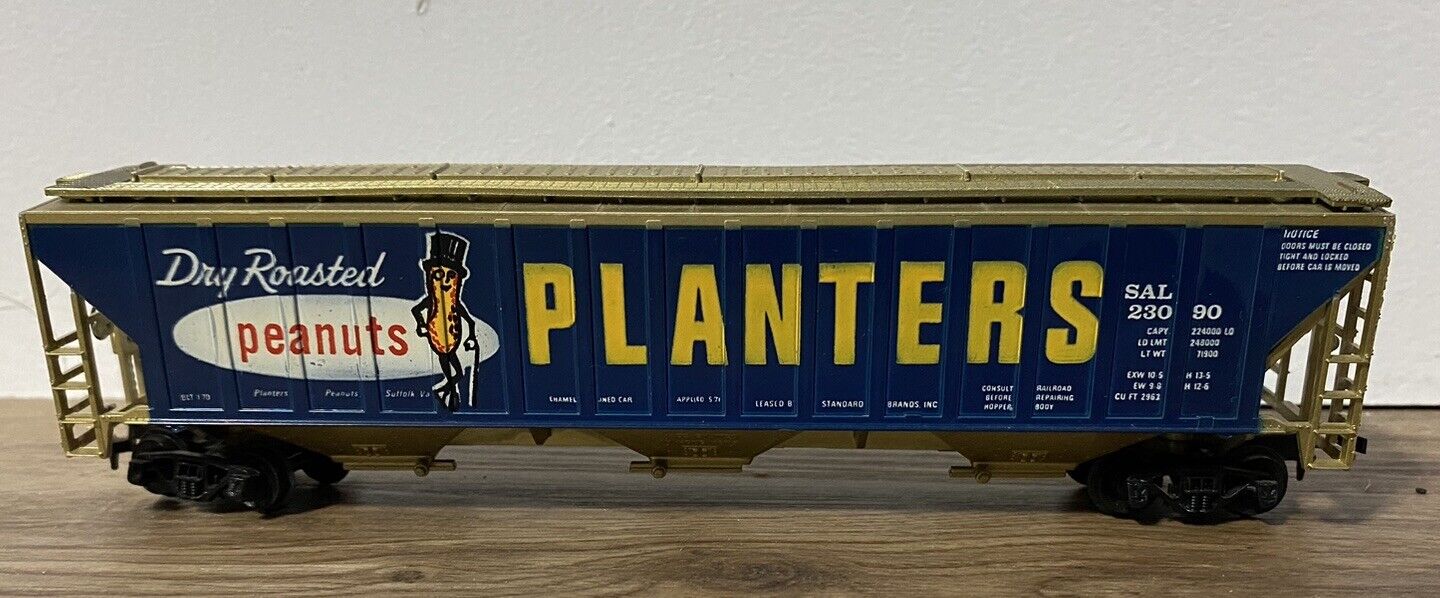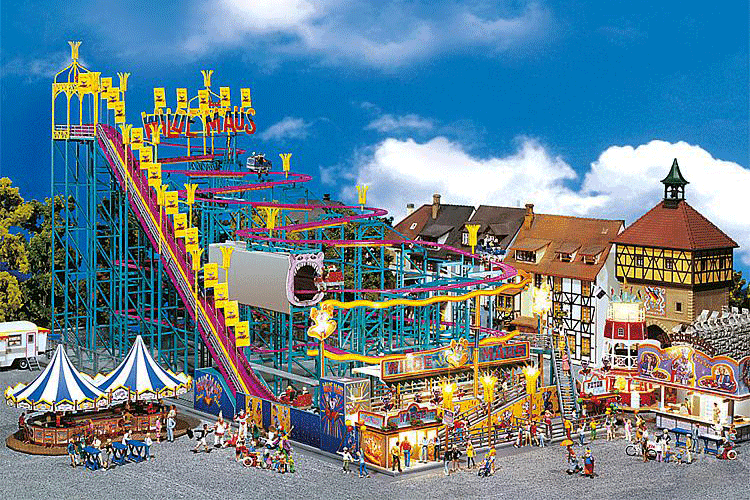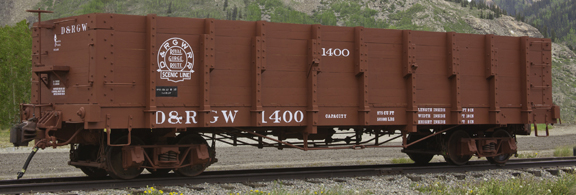Prototype Information: Between 1898 and 1906, the American Car & Foundry built 1,301 high side gondolas for the Rio Grande, 32ft long and with a capacity of 25 tons. They fell into 5 classes having slight differences in the height of their sides or the distance between their truck bolsters, and have been rebuilt in 1923 and 1926 by the D&RGW. They constituted the main body of the gondola fleet until the end of freight operations on the Rio Grande narrow gauge in 1968. These gondolas were often quite different from one another even among cars of the same class, because of the frequent rebuildings and repairs due to damage caused by the rotary car dump used in Salida to mechanically unload them.
High side gondolas #9200 to 9574 have been built between 1898 and 1902, 7 are conserved today on the Cumbres & Toltec Scenic Railroad, including #09410 now in the MOW fleet, and 2 other at the Colorado Railroad Museum.
In 1902, #1000 to 1399 have been built, then #1400 to 1499 the same year, originally as side dump gondolas. Thirteen of these cars are preserved on the Cumbres & Toltec Scenic Railroad, including two converted to open observation cars, 3 other are at the Georgetown Loop Railroad, 4 on the Durango & Silverton Narrow Gauge Railroad and #1423 at the Colorado Railroad Museum.
Numbers 1500 to 1899 have been built in 1903, 8 are now on the Cumbres & Toltec Scenic Railroad, one on the Durango & Silverton Narrow Gauge Railroad and another at the Georgetown Loop Railroad.
Finally in 1906, the last high side gondolas were built (#1900 to 1925), they have all been scrapped in the early fifties.
High side gondolas #9200 to 9574 have been built between 1898 and 1902, 7 are conserved today on the Cumbres & Toltec Scenic Railroad, including #09410 now in the MOW fleet, and 2 other at the Colorado Railroad Museum.
In 1902, #1000 to 1399 have been built, then #1400 to 1499 the same year, originally as side dump gondolas. Thirteen of these cars are preserved on the Cumbres & Toltec Scenic Railroad, including two converted to open observation cars, 3 other are at the Georgetown Loop Railroad, 4 on the Durango & Silverton Narrow Gauge Railroad and #1423 at the Colorado Railroad Museum.
Numbers 1500 to 1899 have been built in 1903, 8 are now on the Cumbres & Toltec Scenic Railroad, one on the Durango & Silverton Narrow Gauge Railroad and another at the Georgetown Loop Railroad.
Finally in 1906, the last high side gondolas were built (#1900 to 1925), they have all been scrapped in the early fifties.
Road/Company Information: The Denver & Rio Grande Western Railroad (reporting mark DRGW), often shortened to Rio Grande, D&RG or D&RGW, formerly the Denver & Rio Grande Railroad, was an American Class I railroad company. The railroad started as a 3 ft (914 mm) narrow gauge line running south from Denver, Colorado in 1870. It served mainly as a transcontinental bridge line between Denver, and Salt Lake City, Utah.
In 1988, the Rio Grande's parent corporation, Rio Grande Industries, purchased Southern Pacific Transportation Company, and as the result of a merger, the larger Southern Pacific Railroad name was chosen for identity. The Rio Grande operated as a separate division of the Southern Pacific, until that company was acquired by the Union Pacific Railroad. Today, most former D&RGW main lines are owned and operated by the Union Pacific while several branch lines are now operated as heritage railways by various companies.
Read more on Wikipedia.
In 1988, the Rio Grande's parent corporation, Rio Grande Industries, purchased Southern Pacific Transportation Company, and as the result of a merger, the larger Southern Pacific Railroad name was chosen for identity. The Rio Grande operated as a separate division of the Southern Pacific, until that company was acquired by the Union Pacific Railroad. Today, most former D&RGW main lines are owned and operated by the Union Pacific while several branch lines are now operated as heritage railways by various companies.
Read more on Wikipedia.
Brand/Importer Information: John Tyler founded the original Mantua Toy & Metal Products Company in 1926 with other members of his family, selling trains under the Mantua name by 1930. The shift towards “ready-to-run” (RTR) train sets in the postwar era led to the creation of the Tyler Manufacturing Company in 1952, better known as TYCO. Mantua continued to exist throughout the ’50s and into the 1960s manufacturing kits, while the TYCO line sold already built and ready to operate model trains largely in set form. The Mantua and TYCO empire was a family owned business from its inception. John Tyler’s son, Norman Tyler, was named president of TYCO Industries, Inc. the combined Mantua and TYCO companies, in 1967.
The company was eventually sold to Consolidated Foods, with Norman Tyler remaining on the board. Production was moved to Hong Kong, and the original Woodbury Heights factory was deemed redundant. The Mantua name was re-introduced in 1977 when Tyler purchased the factory in and continued as an independent company releasing HO-scale trains until 2002.
Mantua offered steam locomotive kits, plus ready to run examples. Freight car offerings included classic Mantua tooling, plus later the former Lindberg Line tooling was re-introduced by the company. The final production year for Mantua was 2001. “Mantua Classics” continues today as part of the Model Power line, which is distributed by Model Rectifier Corp. (MRC).
The company was eventually sold to Consolidated Foods, with Norman Tyler remaining on the board. Production was moved to Hong Kong, and the original Woodbury Heights factory was deemed redundant. The Mantua name was re-introduced in 1977 when Tyler purchased the factory in and continued as an independent company releasing HO-scale trains until 2002.
Mantua offered steam locomotive kits, plus ready to run examples. Freight car offerings included classic Mantua tooling, plus later the former Lindberg Line tooling was re-introduced by the company. The final production year for Mantua was 2001. “Mantua Classics” continues today as part of the Model Power line, which is distributed by Model Rectifier Corp. (MRC).
Item created by: luchestr on 2022-05-31 16:38:56. Last edited by luchestr on 2022-06-01 15:01:33
If you see errors or missing data in this entry, please feel free to log in and edit it. Anyone with a Gmail account can log in instantly.
If you see errors or missing data in this entry, please feel free to log in and edit it. Anyone with a Gmail account can log in instantly.


